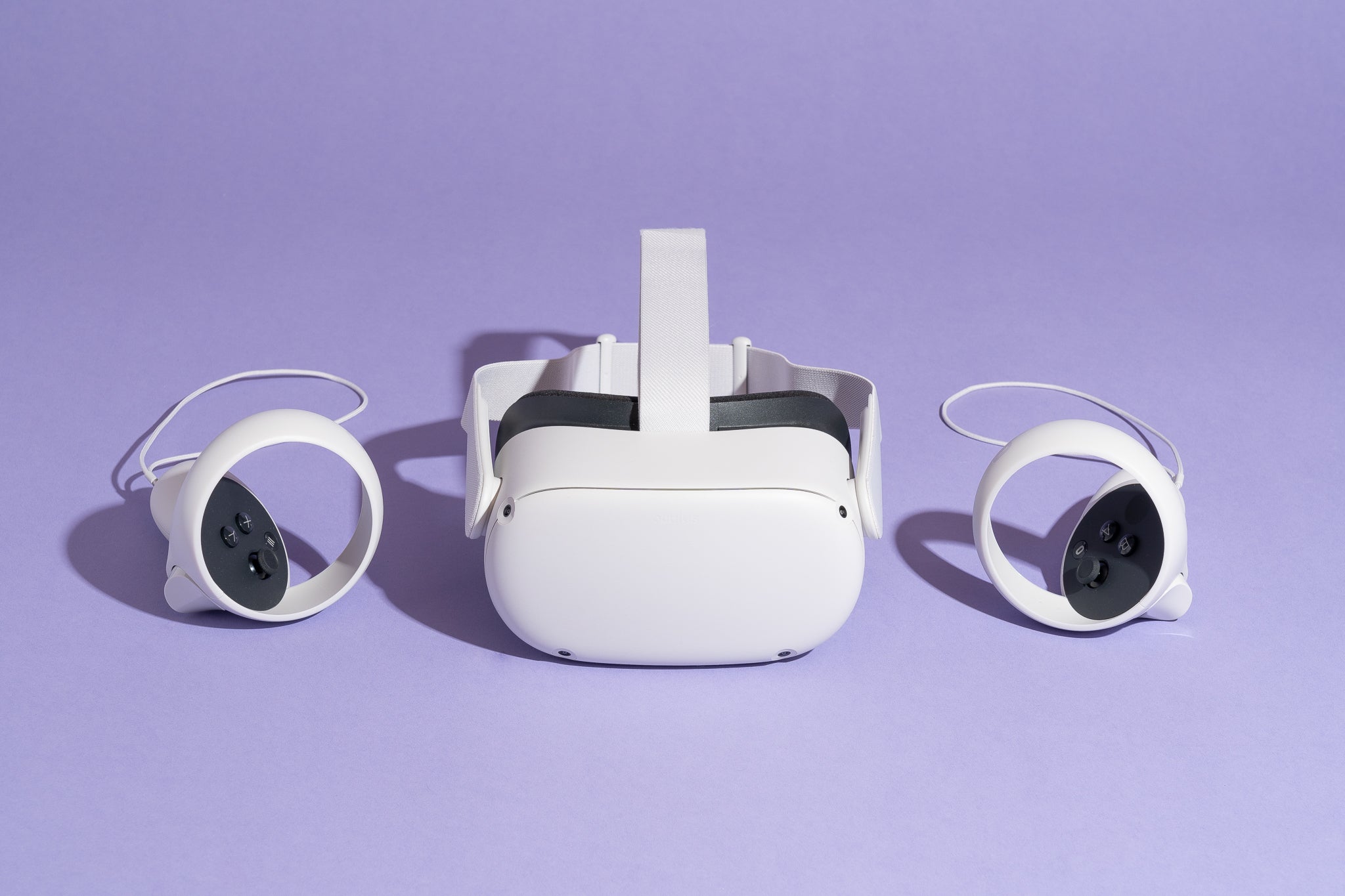In the early nineties Nintendo was the undisputed king of the video game industry. SEGA had tried to compete with the NES and the SNES home consoles with their Master System and Mega Drive, and while the latter did a lot better than the former, Nintendo were still firmly in first place once all the sales were counted. where can i sell my vr headset As the SNES and Mega Drive generation was winding up, SEGA started toying with the idea of using CDs instead of cartridges, even going so far as to release the SEGA CD add-on for the Mega Drive.
Nintendo, for their part, also dabbled in CD technology. They held talks with Sony, famous for their work with CDs and the accompanying hardware, to help them build a CD drive for the SNES. Sony spent time and money learning about the gaming industry and building their prototypes but negotiations between the two Japanese companies broke down. Depending on who you ask, either Nintendo agreed terms with another company in secret and let Sony find out at the last minute, or Sony were asking for too much money and Nintendo baulked on the deal. Whichever is true, the result was still the same; Sony was out on their ear in regards to the SNES-CD. While that deal hadn’t worked out for anybody, what became clear was that the gaming industry was moving towards CD as their medium of choice.
Sony decided to use what they’d learned and developed working with Nintendo to create their own console and enter the fray; they dubbed it the PlayStation and released it in 1994, about two years before Nintendo would release their next big console. What nobody expected was that Sony would ultimately dethrone Nintendo as the most popular console manufacturer in the world and begin a twenty year dominance of the industry.
One of the main reasons that Sony was so successful with the original PlayStation was their superb marketing of the console. Prior to the PlayStation, almost all games consoles were aimed at children. Sony made a shrewd move in specifically targeting young adults in their marketing, making PlayStation a hit among gamers that had grown up with a Nintendo console but now wanted something a little more, well, grown up.
Sony would put the PlayStation in nightclubs and have celebrities endorse the console or be photographed playing one. Games generally started to drift more towards an adult tone, and new titles like Tomb Raider were seen as altogether cooler than Mario or Zelda. Ultimately, Sony took a hobby that was generally seen as for children and openly mocked by many, and helped to make it into the more respected medium that we see today. While it would be silly to say that they did it out of the kindness of their hearts – they made a hell of a lot of money through making gaming more accepted in the public eye – we can’t overlook what they did. Sony made gaming cool.
When it came time for the next big Nintendo console, the N64, the company surprised a lot of people by announcing that it would still use cartridges instead of CD. The logic behind the decision made enough sense; CDs are much easier to pirate than cartridges, and they feared that using CDs would cost them a lot of money thanks to copied games. The decision to stick with cartridges and the extra two year development time Nintendo had with the N64 meant that the system was more powerful than the PlayStation and load times were virtually non-existent. Cartridges did have downsides though – they made games more expensive to produce, they were harder to develop for, and it meant that the N64 would struggle with storage, music quality and FMV.
Squaresoft had long been working with Nintendo and had brought all of their previous Final Fantasy games to Nintendo consoles. But seeing the extra storage space CDs would afford them, and knowing that they could push the boundaries of production values with higher quality cut-scenes, Square jumped ship and decided to produce the next title in their Final Fantasy series for the PlayStation: Final Fantasy VII.
It’s impossible to overstate just how important Final Fantasy VII was. As an RPG, it introduced millions of gamers to their first Japanese role playing game, and the subsequent popularity of the genre meant that role playing mechanics began to filter into practically every other genre. Today we have RPG systems in FIFA.


